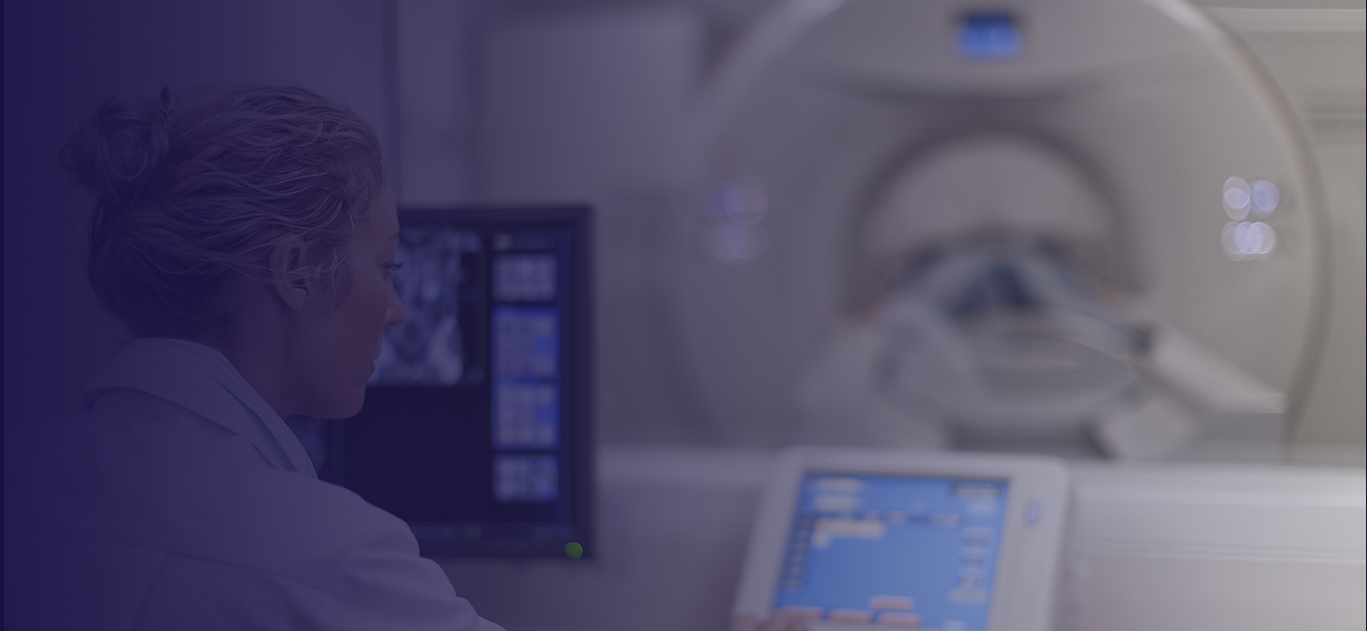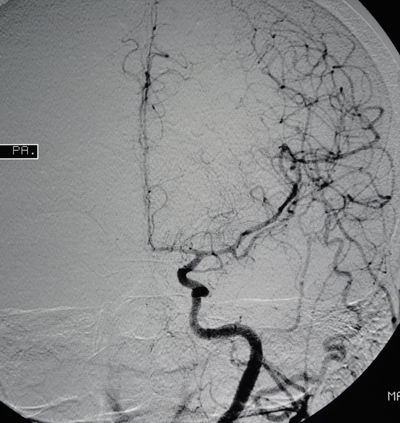
What is CT angiography?
Angiography is a minimally invasive medical test that helps physicians diagnose and treat medical conditions. Angiography uses one of three imaging technologies and, in some cases, a contrast material to produce pictures of major blood vessels throughout the body.
Angiography is performed using:
- x-rays with catheters
- computed tomography (CT)
- magnetic resonance imaging (MRI)
In CT angiography (CTA), computed tomography using a contrast material produces the detailed pictures. CT imaging uses special x-ray equipment to produce multiple images and a computer to join them together in cross-sectional views.
What are some common uses of the procedure
 CT angiography is used to examine blood vessels in key areas of the body, including the:
CT angiography is used to examine blood vessels in key areas of the body, including the:
- brain
- kidneys
- pelvis
- legs
- lungs
- heart
- neck
Physicians use the procedure to:
- identify disease and aneurysms in the aorta or in other major blood vessels
- detect atherosclerosis disease in the carotid artery of the neck, which may limit blood flow to the brain and cause a stroke
- identify a small aneurysm or arteriovenous malformation inside the brain
- detect atherosclerotic disease that has narrowed the arteries to the legs and help prepare for surgery
- indicate disease in the renal artery or visualize blood flow to help prepare for a kidney transplant
- guide surgeons making repairs to diseased blood vessels, such as implanting or evaluating a stent
- detect injury to one of more arteries in trauma patients
- evaluate the details of arteries feeding a tumor prior to surgery
- identify dissection in the aorta or its major branches
- show the extent and severity of atherosclerosis in the coronary arteries
- plan for a surgical operation, such as coronary bypass
- screen individuals for arterial disease, especially patients with a family history of arterial disease or disorders
- evaluate prospective kidney donors
- examine pulmonary arteries in the lungs to rule out pulmonary embolism
- detect thrombosis (clots) in veins
FAQs
How should I prepare for the procedure?
You should wear comfortable, loose-fitting clothing to your exam. You may be given a gown to wear during the procedure.
Metal objects including jewelry, eyeglasses, dentures and hairpins may affect the CT images and should be left at home or removed prior to your exam. You may also be asked to remove hearing aids and removable dental work.
You may be asked not to eat or drink anything for several hours beforehand, especially if a contrast material will be used in your exam. You should inform your physician of any medications you are taking and if you have any allergies, especially to contrast materials.
Also inform your doctor of any recent illnesses or other medical conditions, and if you have a history of heart disease, asthma, diabetes, kidney disease or thyroid problems. Any of these conditions may increase the risk of an unusual adverse effect.
Women should always inform their physician or technologist if there is any possibility that they are pregnant.
If you are breastfeeding at the time of the exam, you should ask your radiologist how to proceed. It may help to pump breast milk ahead of time and keep it on hand for use after contrast material has cleared from your body.
What does the equipment look like?
The CT scanner is typically a large machine with a hole, or tunnel, in the center. You will lie on a table which slides into and out of this tunnel. The x-ray tube and electronic x-ray detectors rotate around you. They are opposite each other in a ring, called a gantry. The computer workstation that processes the imaging information is located in a separate room.
How does the procedure work?
In many ways CT scanning works very much like other x-ray examinations. X-rays are a form of radiation—like light or radio waves—that can be directed at the body. Different body parts absorb the x-rays in varying degrees.
In a conventional x-ray exam, a small burst of radiation is aimed at and passes through the body, recording an image on photographic film or a special image recording plate. Bones appear white on the x-ray; soft tissue shows up in shades of gray and air appears black.
With CT scanning, numerous x-ray beams and a set of electronic x-ray detectors rotate around you, measuring the amount of radiation being absorbed throughout your body. At the same time, the examination table is moving through the scanner, so that the x-ray beam follows a spiral path. A special computer program processes this series of pictures, or slices of your body, to create two-dimensional cross-sectional images, which are then displayed on a monitor.
CT imaging is sometimes compared to looking into a loaf of bread by cutting the loaf into thin slices. When the image
slices are reassembled by computer software, the result is a very detailed multidimensional view of the body’s interior.
Refinements in detector technology allow new CT scanners to obtain multiple slices in a single rotation. These scanners, called “multislice CT” or “multidetector CT,” allow thinner slices to be obtained in a shorter period of time, resulting in more detail and additional view capability.
Modern CT scanners are so fast that they can scan through large sections of the body in just a few seconds. Such speed is beneficial for all patients but especially children, the elderly and critically ill.
When a contrast material is introduced to the bloodstream during the procedure, it clearly defines the blood vessels being examined by making them appear bright white.
How is the procedure performed?
This examination is usually done on an outpatient basis.
The technologist begins by positioning you on the CT examination table, usually lying flat on your back or possibly on your side or on your stomach. Straps and pillows may be used to help you maintain the correct position and to hold still during the exam.
A nurse or technologist will insert an intravenous (IV) line into a small vein in your hand or arm.
A small dose of contrast material may be injected through the IV to determine how long it takes to reach the area under study. Next, the table will then move quickly through the scanner to determine the correct starting position for the scans and a test image will be taken. The table will then move slowly through the machine as the actual CT scanning is performed. As the images are being recorded, an automatic injector machine connected to the IV will continue to inject contrast material at a controlled rate.
You may be asked to hold your breath during the scanning.
When the examination is completed, you will be asked to wait until the technologist determines that the images are of high enough quality for the radiologist to read.
Your intravenous line will be removed.
The actual CT scanning takes between 10 and 25 minutes and the entire process is usually completed within one hour.
What will I experience during and after the procedure?
Most CT exams are painless, fast and easy. With spiral CT, the amount of time that the patient needs to lie still is reduced.
Though the scanning itself causes no pain, there may be some discomfort from having to remain still for several minutes. If you have a hard time staying still, are claustrophobic or have chronic pain, you may find a CT exam to be stressful. The technologist or nurse may offer you a mild sedative to help.
If an intravenous contrast material is used, you will feel a slight pin prick when the needle is inserted into your vein. You may have a warm, flushed sensation during the injection of the contrast materials and a metallic taste in your mouth that lasts for a few minutes. Occasionally, a patient will develop itching and hives, which can be relieved with medication. If you become light-headed or experience difficulty breathing, you should notify the technologist or nurse, as it may indicate a more severe allergic reaction.
When you enter the CT scanner, special lights may be used to ensure that you are properly positioned. With modern CT scanners, you will hear only slight buzzing, clicking and whirring sounds as the CT scanner revolves around you during the imaging process.
You will be alone in the exam room during the CT scan, however, the technologist will be able to see, hear and speak with you at all times.
With pediatric patients, a parent may be allowed in the room but will be required to wear a lead apron to prevent radiation exposure.
After a CT exam, you can return to your normal activities. If you received a contrast material, you may be given special instructions.
Who interprets the results and how do I get them?
A radiologist, a physician specifically trained to supervise and interpret radiology examinations, will analyze the images and send a signed report to your primary care or referring physician, who will share the results with you.
What are the benefits vs. risks?
Benefits
- Angiography may eliminate the need for surgery. If surgery remains necessary, it can be performed more accurately.
- CT angiography is able to detect narrowing of blood vessels in time for corrective therapy to be done.
- CT angiography gives more precise anatomical detail of blood vessels than magnetic resonance imaging (MRI) or ultrasound.
- Many patients can undergo CT angiography instead of a conventional catheter angiogram.
- Compared to catheter angiography, which involves placing a sizable catheter and injecting contrast material into a large artery or vein,
- CT angiography is a much less invasive and more patient-friendly procedure.
- This procedure is a useful way of screening for arterial disease because it is safer and much less time-consuming than catheter angiography and is a cost-effective procedure. There is also less discomfort because contrast material is injected into an arm vein rather than into a large artery in the groin.
- No radiation remains in a patient’s body after a CT examination.
- X-rays used in CT scans usually have no side effects.
Risks
- There is always a slight chance of cancer from radiation. However, the benefit of an accurate diagnosis far outweighs the risk.
- If you have a history of allergy to x-ray contrast material, your radiologist may advise that you take special medication for 24 hours before CT angiography to lessen the risk of allergic reaction. Another option is to undergo a different exam that does not call for contrast material injection.
- If a large amount of x-ray contrast material leaks out under the skin where the IV is placed, skin damage can result. If you feel any pain in this area during contrast material injection, you should immediately inform the technologist.
- Women should always inform their physician or x-ray technologist if there is any possibility that they are pregnant.
- Nursing mothers should wait for 24 hours after contrast material injection before resuming breast-feeding.
- The risk of serious allergic reaction to contrast materials that contain iodine is rare, and radiology departments are well-equipped to deal with them.
What are the limitations of CT Angiography?
A person who is very obese may not fit into the opening of a conventional CT unit.
CT angiography should be avoided in patients with kidney disease or severe diabetes, because x-ray contrast material can further harm kidney function.
If a patient’s heart is not functioning normally, or if there are blocked blood vessels, make CT angiograms may be hard to interpret. This procedure is not yet able to reliably image small, twisted arteries or vessels in organs that move rapidly.
WHAT OUR PATIENTS SAY
![]()
We want to hear from you! Please submit your reviews to us here!
